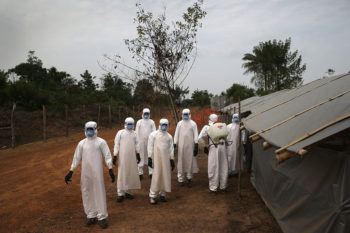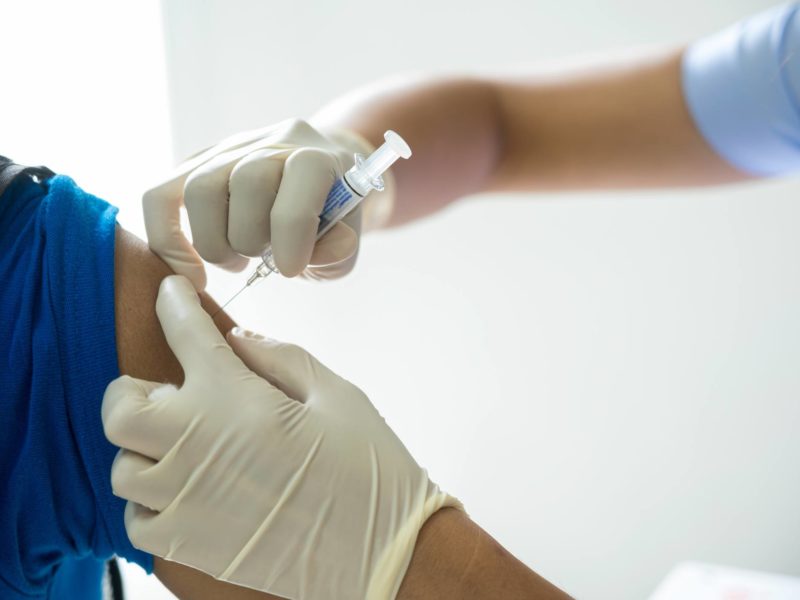New Epidemic Forecast Model Could Save Precious Resources
When governments and institutions deploy epidemic forecast models when facing an outbreak, they sometimes fail to factor in human behavior and over-allocate precious resources as a result. Thanks to new research authored by a Texas A&M University engineering professor, that may no longer be the case.
Dr. Ceyhun Eksin, lead author and assistant professor in the Texas A&M Department of Industrial & Systems Engineering and his colleagues at the University of California Santa Barbara and the Georgia Institute of Technology have published an article in the journal Epidemics that focuses on incorporating behavior change criteria into disease outbreak models.
Adding these criteria will allow professionals and communities to mobilize adequate resources during epidemic outbreaks and reduce public mistrust caused by the overallocation of resources.
“Our goal was to adapt these findings to forecast the disease trajectory, even if the initial information the model received was inaccurate,” Eksin said. “The findings show there is value to incorporating a behavior aspect into forecast models.”
A modified SIR model
The current models used to predict the impact of an outbreak, called simple susceptible-infected-recovered (SIR) models, do not take the changes in an individual’s behavior into account and can over predict the number of infected individuals during an outbreak. This can lead to an overuse of resources.
The research team hypothesized that individuals would take action during an outbreak to reduce their exposure by avoiding infected individuals and as a result would change the number of individuals infected during the outbreak. To put this idea to the test, the researchers created a modified SIR model that included the ability to pick up a change in an individual’s behavior.
By testing their modified model against the simple SIR model, Eksin and his colleagues were able to show that the modified model more accurately predicted outbreak numbers. By inputting past outbreak data into the modified models, they were able to predict the number of infected individuals more accurately.
Putting resources to better use
Predicting the number of individuals who will become infected during an outbreak is valuable to determine how to use limited resources, and interdisciplinary research can help understand the link between a public health response and behavior change. If a community is better able to plan for an outbreak, without over-preparing, it can save resources and reduce the possibility of losing public support during future outbreaks.
This article by Alexandra H Salazar originally appeared on the College of Engineering website.






